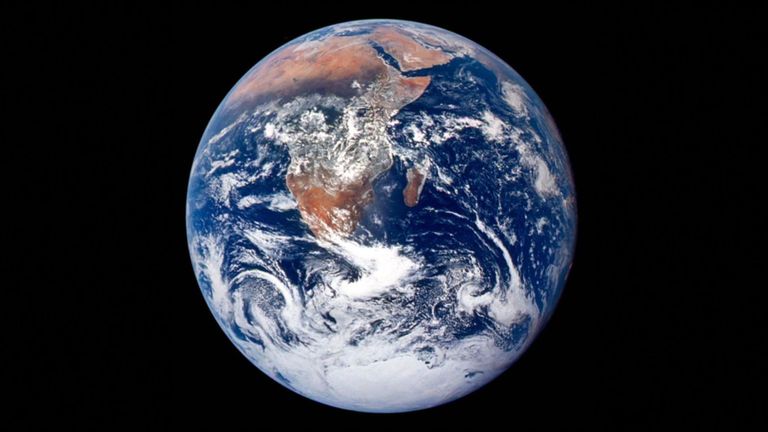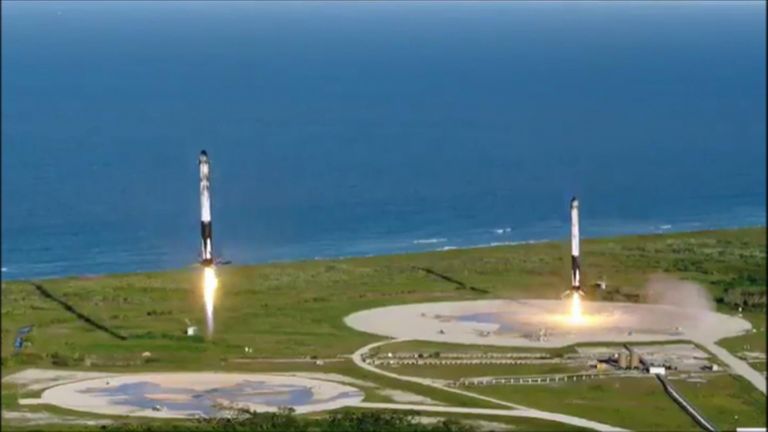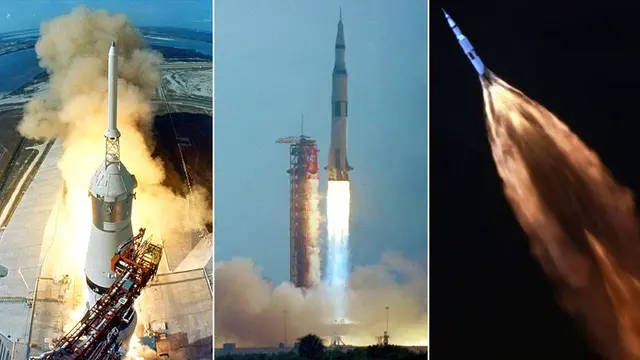Astronomers have identified a new mini-moon about to join Earth's orbit - however it's believed to be manmade space junk.
Mini-moons are typically asteroids which temporarily join the Earth's orbit before being flung back into space.
However, experts have said the characteristics of this object suggest it isn't an asteroid and is instead consistent with something manmade.

Image:The mini-moon is expected to join Earth's orbit next month
The object, named 2020 SO, has an Earth-like orbit of a little over a year and low velocity which is not typical of an asteroid.
Objects arriving from the moon have a lower velocity than asteroids, however experts have said it's slower than moon rocks too.
A
NASA
official has suggested it may be a discarded part of a rocket which launched experimental payload, Surveyor 2, to study the moon in September 1966.
The trajectory it is following means 2020 SO is likely to be captured by Earth's gravity in October, and will continue to orbit the planet until around May 2021.
Despite being considered space junk, 2020 SO has been classified as an Apollo asteroid - these are known to cross paths with Earth's orbit.
Various mini-moons have been detected in the past, however only two of them have ever been confirmed.
The first being 2006 RH120, which orbited Earth between 2006 and 2007, and the other
2020 CD3
, which arrived in 2018 before departing earlier this year.

Image:Reusable rockets are only recent solutions, with multi-stage rockets being used for decades
Reusable rockets have only been invented in recent times, with multi-stage rockets designed to fall apart being used for decades.
The booster stage of a rocket falls back to Earth for reuse, however the rest of the rocket is discarded in space after completing its job, resulting in space junk.
Experts have said due to the various factors in space, items can easily get lost.
2020 SO is expected to have two near encounters with Earth.
On 1 December it is expected to pass at a distance of 50,000 kilometres, and on 2 February 2021 it will fly by around 220,000 kilometres away.
Neither instances will be enough to enter Earth's atmosphere, however they may allow a closer study to determine what the object is.
 简体中文
简体中文



